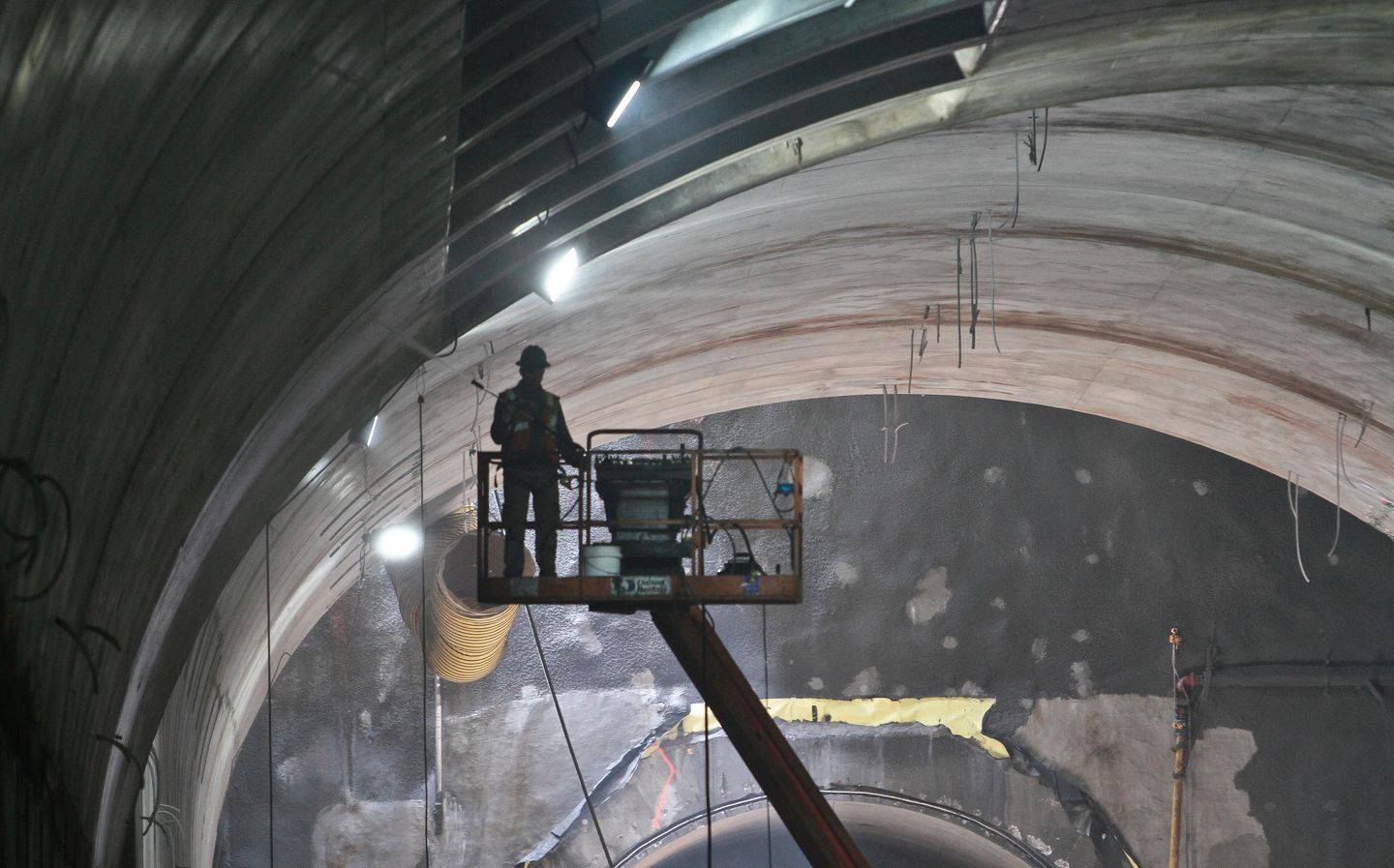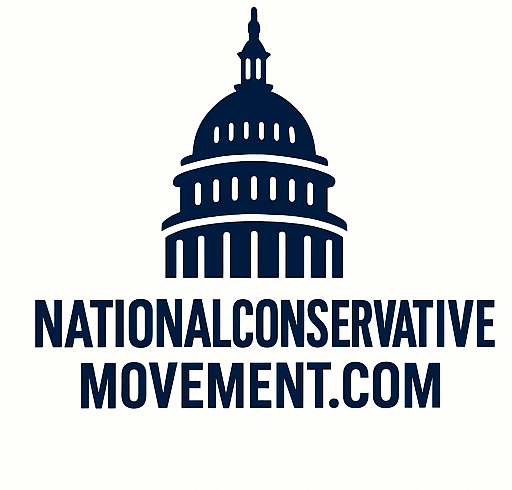
Don’t miss the full story from our staff writers, whose reportage is the basis of this article.
President Trump has indicated that federal employee firings and cuts to congressional pet projects resulting from the ongoing government shutdown will be blamed on Democrats. Now in its third day, the shutdown has accelerated Trump’s agenda to reduce the federal workforce, cut spending, and eliminate programs he opposes.
In a Thursday interview with One America News, Trump stated there could be firings and permanent cuts to favorite Democratic projects. While claiming he didn’t want a shutdown, the president has been meeting with Office of Management and Budget Director Russell Vought to identify “Democratic Agencies” for potential elimination. Trump even suggested Democrats may have intentionally enabled this situation.
The administration has already initiated significant cuts. Vought paused approximately $18 billion in funding for two New York City infrastructure projects—the Hudson Tunnel and Second Avenue subway—pending review for “unconstitutional practices.” Additionally, $8 billion in green energy projects across 16 states were canceled, with the Energy Department terminating 321 financial awards for 223 projects, claiming over $7.5 billion in savings.
The Congressional Budget Office estimates 750,000 employees could be furloughed during this shutdown, costing taxpayers $400 million daily in compensation for unperformed work. Trump has promised permanent mass firings of federal workers, building on recent Office of Management and Budget guidance.
However, experts question the shutdown’s effectiveness for achieving substantial savings. Senior economist Ryan Young notes that federal payroll represents roughly $300 billion of the $6 trillion budget—less than 5 percent—making job cuts insufficient for meaningful deficit reduction.
The Affordable Care Act’s enhanced subsidies, set to expire year-end, remain central to shutdown negotiations. Approximately 22.4 million Americans receive these subsidies, projected to cost $350 billion through 2034. Eliminating them would save about $35 billion annually.
Historical precedent suggests shutdowns don’t reduce government size. The last ten shutdowns cost more than any resulting savings due to administrative expenses, late fees, and uncollected revenue. The previous three shutdowns produced over 56,000 years of lost productivity despite lasting just 50 days combined. The 2013 shutdown alone cost $2.5 billion in furloughed employee compensation.
Legal challenges may impede Trump’s firing plans. Former Obama administration OMB official Sam Berger argues that reductions in force during shutdowns violate established protocols, as agencies can only perform “accepted” activities like emergency response. The Antideficiency Act also prohibits new expenses during funding lapses, potentially including severance payments.
However, presidential authority for shutdown-related layoffs remains legally untested. The Supreme Court has recently supported Trump’s firing powers, approving mass terminations and eliminating 16,000 probationary employees. Berger contends this situation differs because shutdowns are temporary while reductions in force address permanent problems.
This article is written with the assistance of generative artificial intelligence based solely on Washington Times original reporting and wire services. For more information, please read our AI policy or contact Ann Wog, Managing Editor for Digital, at awog@washingtontimes.com
The Washington Times AI Ethics Newsroom Committee can be reached at aispotlight@washingtontimes.com.










